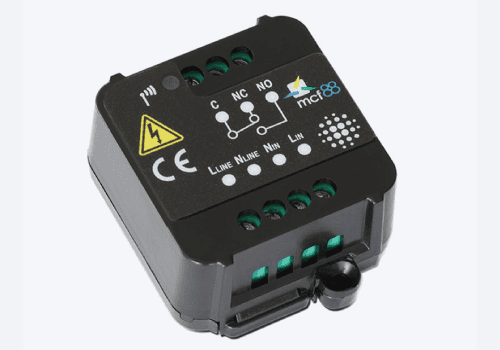If you’re investing in new technology to help your building cut down on energy costs and maximise efficiency whilst mitigating harm to the environment, you may be considering taking control of how heat and cool air is distributed through your building, and for that you need actuators. With a valve actuator, every room can be set to a different temperature and controlled independently. Cooling and fan coil units can also benefit from actuators, which is great for office buildings, hotels, shops, and more.
Actuators transform energy into motion, but there are different types of actuators. Thermal actuators are non-electric and equipped with a thermal sensitive material capable of producing linear motion in response to temperature changes.
Another commonly used actuator is the thermostatic radiator valve actuator, which acts as the control head for radiator valves. These actuators allow radiators to respond to room temperature changes, making it easy to optimise heating based on specific needs. This is particularly beneficial in homes and commercial spaces, as it provides both comfort and efficiency by reducing unnecessary energy consumption.
The MCF-LW13IO actuator is a powerful tool for remotely switching power to appliances. It not only monitors input and controls output via a LoRaWAN® network but also excels in areas like industrial process control, home automation, water treatment, and agricultural irrigation. This versatile actuator automates key functions such as lighting and irrigation, enhancing energy efficiency and convenience. Its compact design, combined with remote monitoring capabilities, makes it ideal for both industrial and home settings, reducing energy costs and simplifying operations without requiring external power supplies.
Then there are devices like a wireless radiator valve actuator that protect against frost and provide demand-controlled single room heating for radiators and underfloor heating. The Thermokon self-powered wireless actuator is a good example of an actuator that needs no upkeep or maintenance, and no battery replacements, which helps to save money on heating bills.
From thermal actuators for heating and cooling systems to wireless radiator valve actuators that can control individual room temperatures, these devices help lower energy consumption while ensuring comfort. Advanced actuators, such as the MCF-LW13IO, extend their usefulness to more complex tasks like industrial process control and home automation. Whether automating lighting or irrigation, actuators offer cost-effective, energy-saving solutions that are ideal for both residential and commercial applications.










